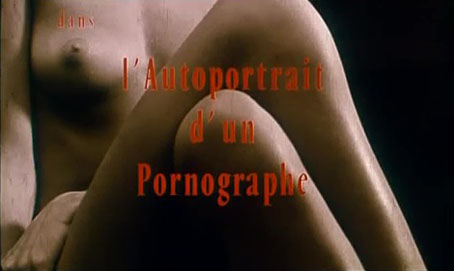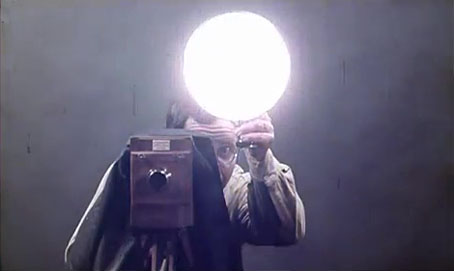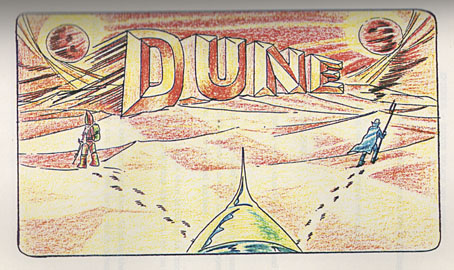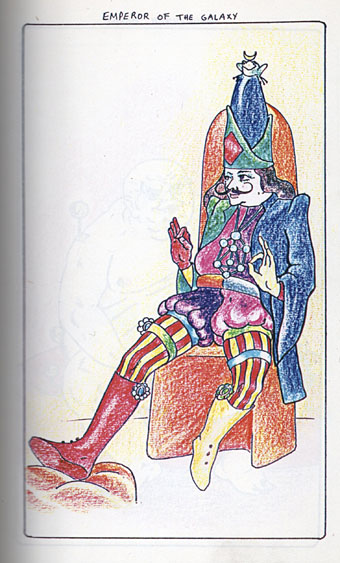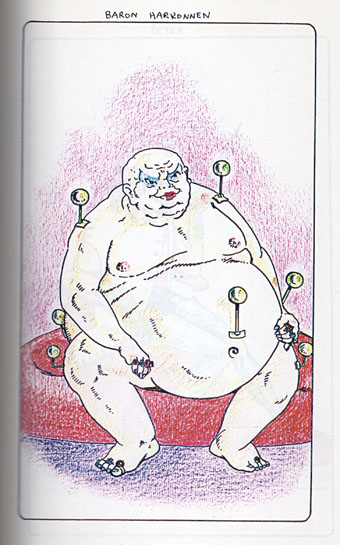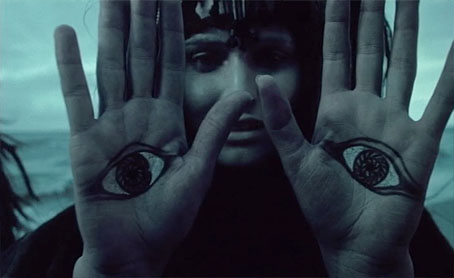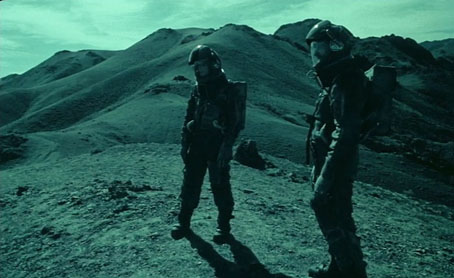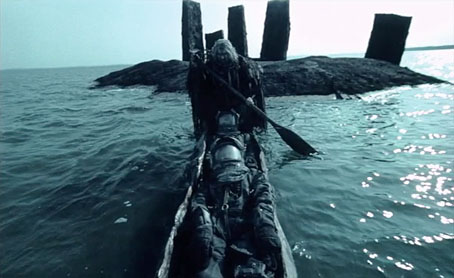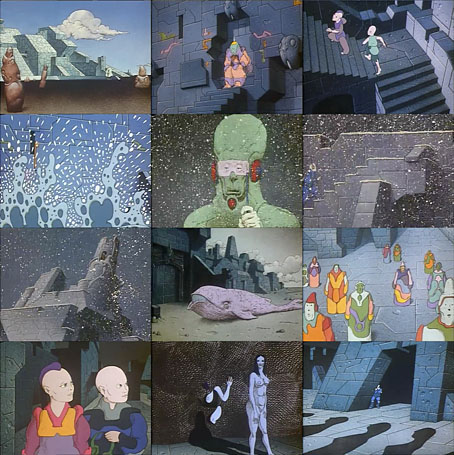L’Autoportrait d’un Pornographe (1972) is a short film co-written by director Robert Swaim and Roland Topor in which Topor’s Surrealist cruelties and black humour are tempered to present a sardonic and sentimental tribute to a dying breed, the small-time Parisian pornographer. Daniel Langlet is the photographer who also sells his views of unclothed women from a coat whose lining is pocketed with prints.
Swaim and Topor compare this declining trade to the vanished street merchants of the city; the film dates from a time when “le sex shop” was a new arrival on the streets of Paris, and a competitor with which a purveyor of black-and-white soft porn could never hope to compete. Topor himself makes a cameo appearance, and there’s a possible reference to Cocteau’s Orphée (and another vanishing trade) in the glass cutter we see in the street.
Previously on { feuilleton }
• Les Temps Morts by René Laloux

